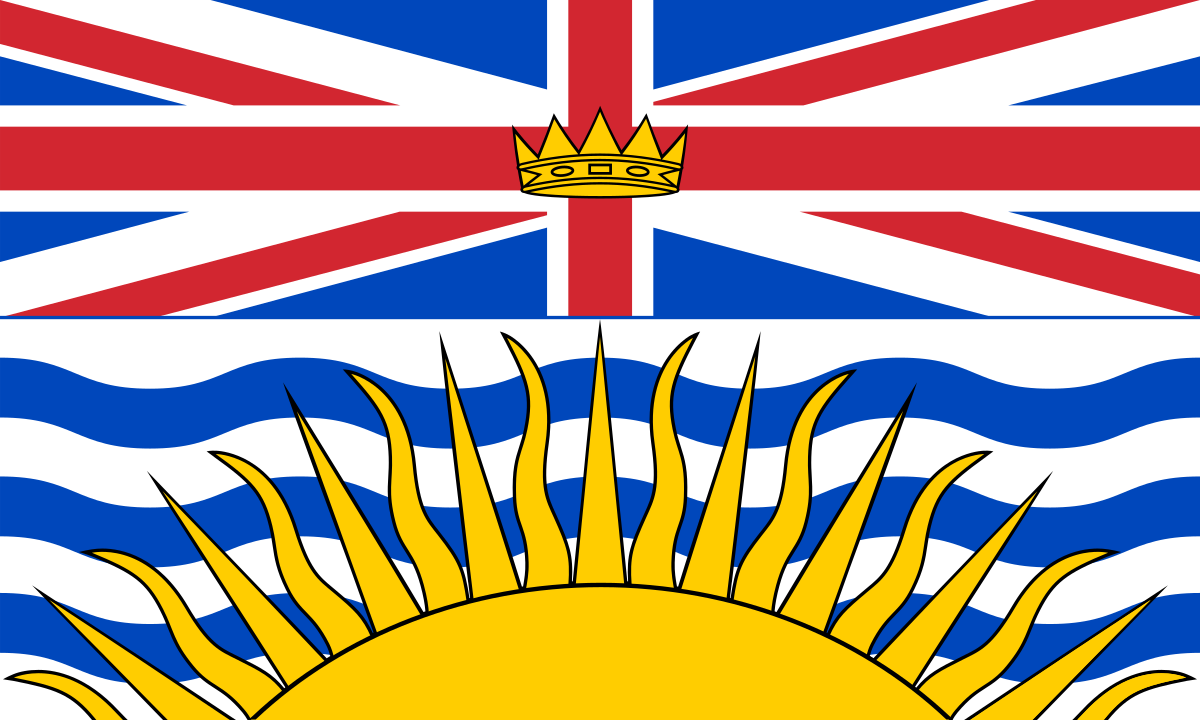As costs and damage rise, the government needs to focus on prevention and learn from First Nations.
Wildfires in the province now drive global climate change, often producing more greenhouse gas emissions than all other B.C. sources combined. Canadian wildfires in 2023 produced more GHGs than total national emissions of Germany.
But one of the most powerful reasons for action is economic — we simply can’t afford the status quo. Losses from B.C. wildfires cost tens of billions of dollars. The government reported spending over $1 billion fighting 2023 wildfires.
Yet such firefighting costs are just the tip of the economic spear. The total costs of a wildfire can range from six to 30 times the suppression costs.
For example, total costs of the 2016 Fort McMurray fire are estimated at about $9 billion to $11 billion — roughly 20 times the firefighting costs.
As wildfire conditions worsen, how will we support all the mills whose wood supply has burned? All the wineries with smoke-spoiled product? All the motels, campgrounds and restaurants emptied by smoky summers? All the Indigenous communities evacuated repeatedly? All the highways and dikes washed away by wildfire-caused flooding?
And how will we pay the increased health costs? A University of California, Los Angeles, study has linked 11 years of California wildfire smoke to more than 50,000 premature deaths and $400 billion in economic impact.


I’m pretty sure BC did over 40 prescribed burns in 2024, half of which were planned by first Nations. They’re doubling that next year.
I only mention it because the article discusses it like its not part of the strategy at all, but it absolutely is. Maybe we need more, I’m not an expert, but I was surprised by the tone in the article, emphasis mine:
“Following the lead of Australia and the United States, we need to reinstate the routine preventive burning that Indigenous Peoples traditionally practised.”